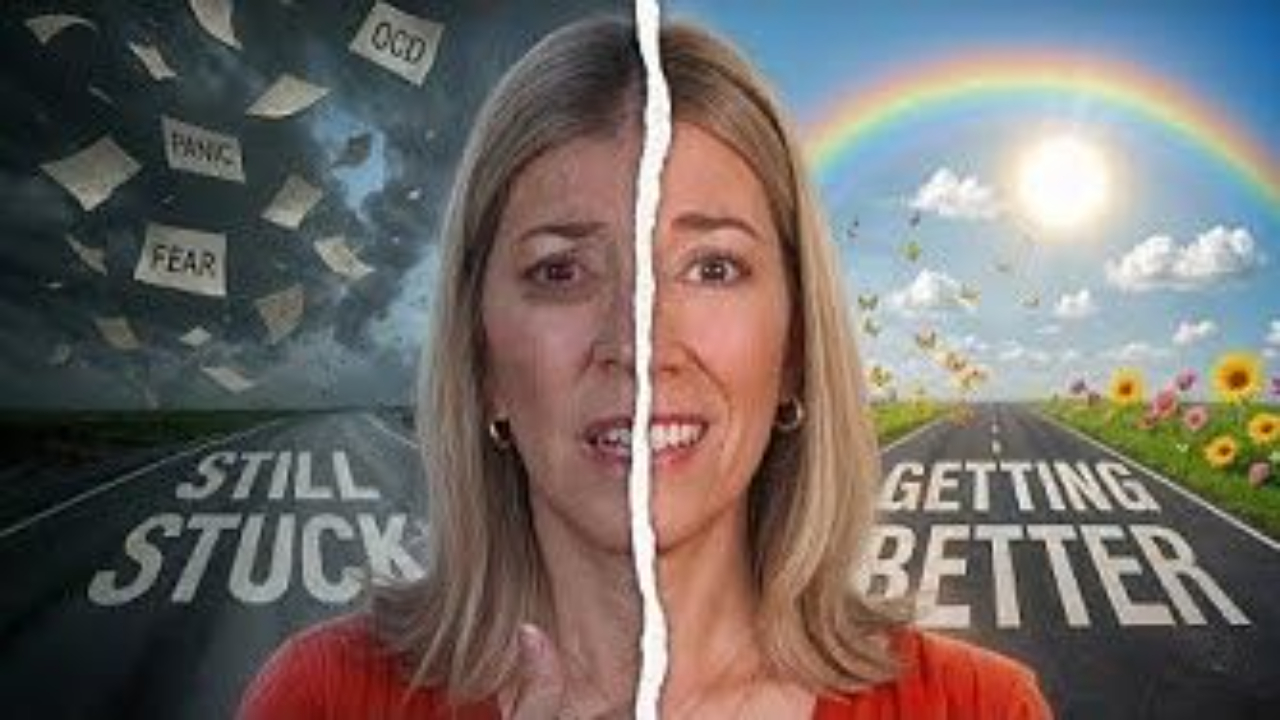
Pure O OCD - Intrusive, Unwanted Thoughts
Obsessive, intrusive thoughts go beyond everyday worries. They are distressing, unwanted, and often intrusive thoughts that can create significant anxiety and discomfort. These thoughts can vary widely in content, ranging from fears of harm or violence to distressing scenarios that challenge one's values or self-concept. In this blog we will explore intrusive, unwanted thoughts and methods of coping.
Understanding Obsessive Intrusive Thoughts:
OITs are persistent and distressing thoughts that often appear out of nowhere. They can take on various forms, ranging from frightening scenarios to humiliating self-doubt. It's crucial to remember that having these thoughts doesn't define who you are as a person.
You Are in Control:
The first and most essential message for individuals struggling with OITs is that you are not your thoughts. Your thoughts do not control you, and your OCD (Obsessive-Compulsive Disorder) is not in control of your actions. You have the power to control your behaviors and reactions.
The Amygdala's Role:
When you first experience an intrusive, fearful thought, your brain's fear center, the amygdala, gets activated. This initial fear response links the thought with anxiety. To break this connection, a specific therapy called exposure therapy becomes crucial.
Common Symptoms of OCD:
Individuals dealing with OITs often share common characteristics. They may have difficulty tolerating uncertainty and doubt, taking their thoughts very seriously and believing them to be significant and true. These symptoms tend to intensify during stressful life transitions.

Are you struggling with OCD or Pure O? Do obsessive thoughts, rituals, and compulsions take over your life? Has it been hard to find a specialist to help you?
If you want to get your life back from OCD or Pure O,
this course is for you.
Effective methods for managing these intrusive thoughts:
1. Exposure Therapy (ERP): Exposure therapy is the gold standard for treating OCD and OITs. It involves exposing yourself to the distressing thought for an extended period. To make ERP effective, you must stay with the thought and allow the associated anxiety to decrease naturally. For some individuals, this could take time, but it's essential to remain committed to the process. ERP helps habituate your mind to the thought, making it less distressing over time.
2. Strategic Exposure Therapy: This method, advocated by Dr. Reed Wilson, encourages individuals to actively seek out uncomfortable thoughts and stay with them until the anxiety subsides naturally. It also involves externalizing OCD thoughts as separate entities from your true self. By dissociating from these thoughts and making your own voice louder, you can regain control over your mind.
3. Cognitive Therapy (CBT): Cognitive therapy involves challenging and reconstructing distorted thoughts. By identifying cognitive distortions and replacing them with rational, logical thoughts, you can reduce the impact of OITs. Additionally, checking the facts or examining the evidence can help you assess the validity of your intrusive thoughts, often revealing they lack substantial proof.
4. Visualization Techniques: Visualization can be a powerful tool for managing OITs. Visualize your thoughts as clouds, understanding that, like clouds, you can't control their arrival or departure. This visualization can help you detach from your thoughts and reduce their impact on your emotions.
Obsessive Intrusive Thoughts can be distressing, but they don't have to control your life. With these effective methods—Exposure Therapy, Strategic Exposure Therapy, Cognitive Therapy, and Visualization—you can regain control of your thoughts and lead a fulfilling life. Seek professional help from a therapist experienced in treating OCD and OITs for added support on your journey to managing these intrusive thoughts.
(Note: Several of my recommended methods of treating Pure O OCD have evolved since filming this video based in part on the research of Michelle Craske and colleagues (2014) on Inhibitory Learning and exposures. I no longer use habituation methods or cognitive therapy techniques to treat OCD. Psychology techniques evolve and improve and as clinicians, we must change out methods based on the evidence, research and experience to improve our treatment methods.)
Let's Keep in Touch
Subscribe to My Newsletter
We hate SPAM. We will never sell your information, for any reason.







